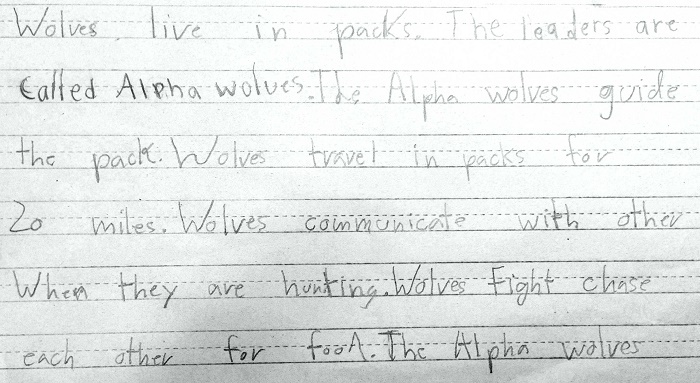Do you know how to write an expository text? The expository text is a type of text that aims to deliver information that is unknown to readers, inform about a specialized topic, disseminate knowledge, and teach. Therefore, the function of language that predominates in this type of texts is the referential one since it is about delivering information.
How to write an expository text?
To deliver information in written form, it is necessary to consider certain variables that will allow generating an optimal expository text that is capable of fulfilling its function:
1. Theme: The theme of the descriptive text is related to its purpose. It is useless to write expository writing of already known information because it would lose its usefulness. This is why the subject must be novel or controversial so that it delivers new information for the recipient and that he/she will know things that are unknown to him/her up to now. The subject can be about any area: health, news, gastronomy, politics, art, technology, etc.
2. Correct information: Given that it is about delivering information, it is essential that it be backed by a reliable and reliable source so that the information provided is accurate. Generally, there is bibliographical or experimental research that supports the expository text, with the reason that what is said is safe and proven.
3. Recipient: Another of the main factors to take into account at the time of writing an expository text is to whom it is addressed. This will influence the quality of the information and the way it is delivered. It is not the same to write a text about healthy food for experts in cooking for children of ten years. Be clear the recipient allows you to select the critical information for who will read or hear the expository text and organize and adapt it according to the audience.
4. Enunciative situation: Where the descriptive text will be published or enunciated is also a factor to be considered in the sense that it allows an idea of how long the text should be, how it should be structured and whether it should have extra-textual support as an image, a power point presentation, music, etc. Also, if it will be part of a magazine, a newspaper or a more extensive publication, it will probably be necessary an introduction or justification of the subject, etc.
5. Organization of the text: Once the above factors are resolved, it is possible to structure the text from them. The general organization consists of introduction, development or conclusion. Other segmentations will be assembling the text as the presentation of a problem and its solution, the enumeration of things, a comparison, a definition, etc. Also, deciding whether the text will be written deductively (from the most general to the most specific) or inductively (from the particular to the general. The important thing is to locate the different parts of the information that will be delivered, following a logical and coherent order of the ideas.
If the text is important, and you have time, you should let it “sleep” one day, thinking about other things, and revise it to finish the final version. Frequently foolish failures are discovered.





